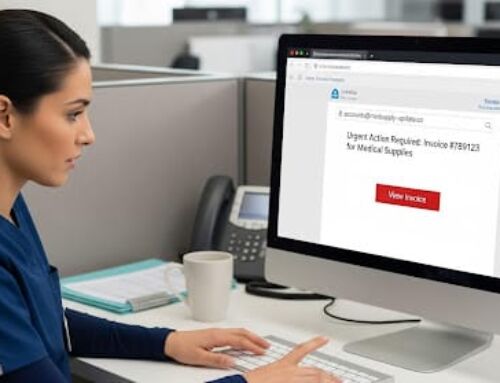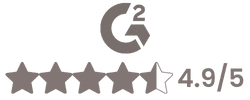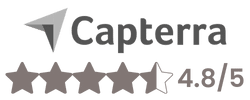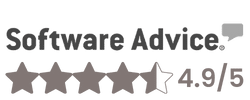
Currently, there are 8,303 providers and entities on the New York OMIG exclusion list. There are a variety of reasons that a provider can end up on this list, from committing fraud, providing care with a suspended license, or being involved in patient abuse cases.
There has been a 4.2% increase in providers being involved in cases of just fraud alone — this is only one of the many reasons why HR professionals need simpler ways to check the New York OIG exclusion list, cross reference with other lists, and complement their background check processes altogether. With so many providers falling onto the OMIG list and the need for hiring picking up speed, the traditional manual approach to managing these lists isn’t just time-consuming but also presents a variety of risks.
Simply put, the manual method isn’t cutting it for healthcare businesses anymore, regardless of the organization’s size. More HR professionals are finding there’s a better way — automation. By leveraging advanced compliance software designed to simplify employee and vendor list checks, you can eliminate the manual burden and streamline your processes.
To get started, you have to understand how manual methods are putting your business at risk.
Using the New York Medicaid Exclusion List
The New York Medicaid exclusion list is a complete compilation of individuals and entities prohibited from participating in Medicaid, Medicare, and other healthcare programs that are federally funded. Typically, these exclusions happen due to serious violations such as professional misconduct, providing care to patients considered substandard, and providing services ‘unnecessary’ for what the patient needs. This list is specific to the state’s healthcare regulations, which helps businesses that operate under a certain state’s regulations hire the appropriate candidates who are properly credentialed in their primary service areas.
Hiring the right person is essential to the reputation and operational status of a healthcare organization. In New York, specifically, the OMIG can impose monetary penalties on organizations that hire those on the New York OIG exclusion list, with fines equaling up to $5,000. This $5,000 penalty will often have to be paid on a monthly basis for up to 12 months, and offenders can also be subject to increased penalties that can total up to $10,00 per month.
Aside from monetary losses, employing or contracting someone on these exclusion lists can result in the loss of Medicaid reimbursements. These are reasons why it’s essential to continuously monitor the vendors you work with and to compare the Medicaid exclusion list in New York against others.
The Reasons Manual Compliance Monitoring Won’t Cut It Anymore
There’s a significant amount of risk involved when an organization has incidents of noncompliance. From license revocation and disruptions to the business, there isn’t much room to take chances on how you approach your hiring processes and your continuous checks on employees.
Traditionally, HR departments have relied on manual methods to check their employees and vendors against the New York OIG exclusion list and the New York OMIG exclusion list. This method is more prone to mistakes unlike a better alternative — automating those same processes.
Automating your checks of the New York OMIG exclusion list may sound like it takes significant resources, but that’s not the case. Using the right software will allow you to automatically check employee and vendor lists against 55 other exclusion lists on federal, state, and international scales.
Considering this type of system can provide regular updates, it would significantly advance your compliance safeguards, removing the need for manual list searches. In addition to advancing how you approach your vetting processes, the right system will also offer HRIS integration. This is beneficial to any organization that wants to experience:
- Streamlined workflows
- Higher rates of policy adherence
- An increase in performance management
- Simplified recruitment and onboarding process and follow-up tactics
Any time a new employee is added to your HR platform, the addition will automatically sync with the software so they are ready to be checked against all lists at any time.
As your organization continues to grow, keeping up with these lists manually becomes much more challenging, which increases the likelihood of preventable oversight. This doesn’t have to be the case if you adopt the right compliance software to complement your existing hiring efforts.
Adopting the Future of Compliance in Healthcare
Navigating the complexities of the Medicaid Exclusion list in New York with other lists to ensure you are hiring the right candidates can appear taxing at first glance. However, for businesses prioritizing automated processes, it isn’t.
To start experiencing seamless integration with your existing HR systems, consider compliance software designed for your needs.









